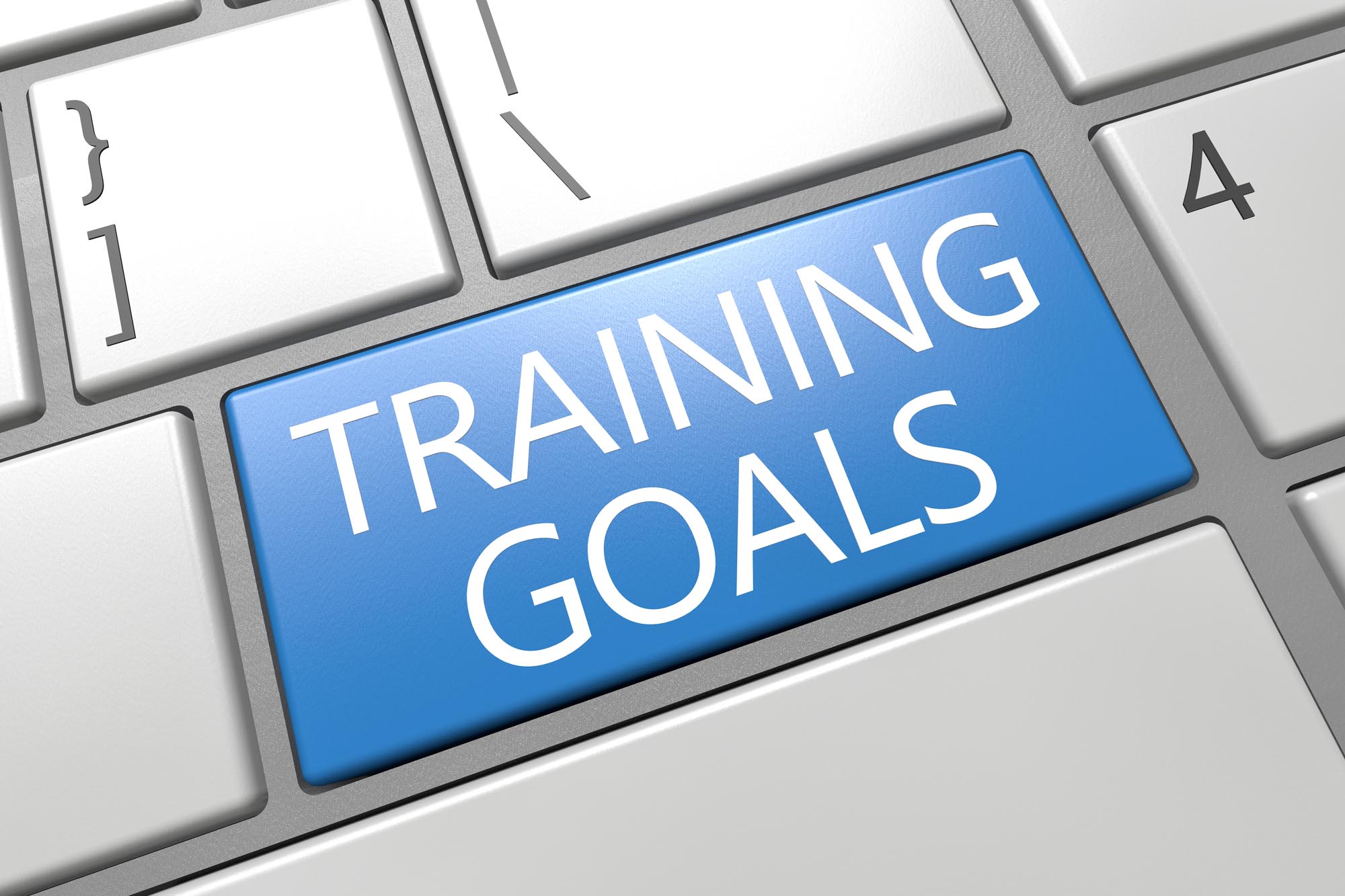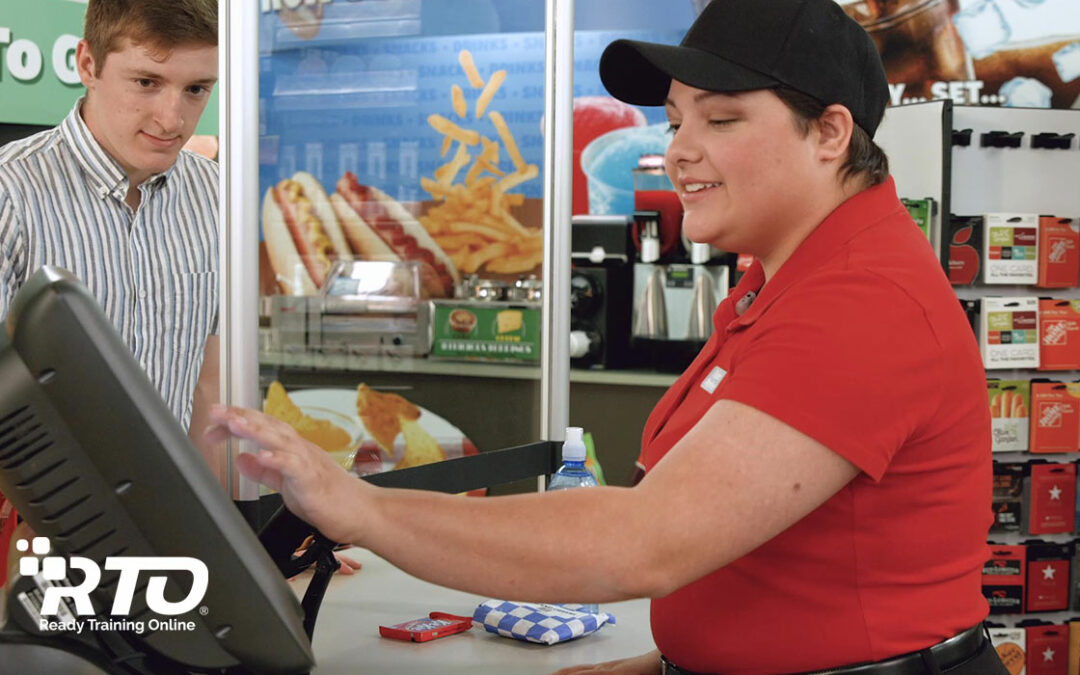Think back on your last training session. Did you just talk about the new product promotion, or did you explain why it’s important? Did you mention customer service or just remind employees to smile? Did you tell team members exactly what you expect from them and how they can deliver it? Are you sure? Having concrete training goals helps you answer these questions and deliver employee training that really works.
Many managers conduct meetings – and sometimes, entire training programs – without any real concrete training goals. When goals are vague, it’s impossible to use them to create specific actions. Instead, before you train your staff, create clear and actionable goals. Follow these steps:
Train on What’s Important
Before you get any training session going, make sure you are working with a need-to-know issue. A training need exists when an employee lacks the knowledge or skill to perform his or her job duties, or tasks are being performed in a way that do not contribute to the company’s over-arching goals. Effective training goals must meet the definable needs of your operation on multiple levels. Conduct a gap analysis to identify your highest training priorities.
Focus on Actions
Once you identify specific training needs, think about the actions employees need to complete to fill that need. What do you want your employees to be able to do after they’ve completed the training? Whether it’s a quick training meeting or an entire program, write the outcome of what will happen after the training. For example, when training employees on problem-solving with customers, your training goal might say something like, “Employees will address and solve customer issues using the LEAST problem-solving technique.”
Be Specific
For larger training programs, break your training goals down into specific segments of bite-sized learning objectives. A learning objective for your food handler training, for example, might be “employees will be able to complete the steps for prepping and cleaning the roller grill.” Having smaller goals that contribute to your overall goals not only make training easier, they also help employees gain confidence throughout the training process.
Measure It and Reinforce It
Your training goals should be easy to evaluate. As your training continues and team members accomplish each of your specific learning objectives, evaluate them (with quizzes, role-plays, and “what if?” scenarios) to make sure they understood and retained it. Soon, your goal will be achieved and you’ll be ready for the next one!
Get More Convenience Store Training Tips
The convenience store training section of our article archives is dedicated to helping you meet your leadership goals. Check it out!





